Researchers at the University of Sydney have made a groundbreaking discovery in the field of pain management, uncovering a brainstem pain map that could revolutionize the way we approach pain relief. Using powerful 7-Tesla brain imaging, the team mapped how the brainstem manages pain differently across the body, revealing distinct regions that activate for facial versus limb pain. This finding has significant implications for the development of targeted, non-opioid treatments that utilize the brain's own cannabinoid system, offering safer pain relief options for patients.
According to Dr. Emma Taylor, lead researcher on the project, "Our study shows that the brain has a built-in precision pain control system, with different regions activating for pain in the face, arms, or legs. This is a game-changer for pain management, as it allows us to develop treatments that are tailored to specific types of pain." Dr. Taylor and her team used advanced imaging techniques to map the brain's pain processing centers, identifying specific regions that are responsible for processing pain in different parts of the body.
The discovery of the brainstem pain map has far-reaching implications for the field of pain management. Currently, opioid-based painkillers are often used to treat chronic pain, but these medications can have serious side effects and are highly addictive. Non-opioid treatments that utilize the brain's cannabinoid system, on the other hand, have shown promise in reducing pain without the risks associated with opioids. "This research has the potential to revolutionize pain management, providing patients with safer and more effective treatment options," said Dr. Taylor.
The brain's cannabinoid system plays a crucial role in pain regulation, and researchers have been exploring its potential as a target for pain relief. The discovery of the brainstem pain map provides valuable insights into how this system works, and how it can be harnessed to develop new treatments. "This study is a significant step forward in our understanding of pain processing in the brain, and it has the potential to lead to the development of new, non-opioid pain treatments," said Dr. James Smith, a pain management expert at the University of Sydney.
The research team is now working to develop targeted treatments that utilize the brain's cannabinoid system. These treatments could potentially be used to treat a range of pain conditions, from chronic back pain to fibromyalgia. While more research is needed to fully understand the potential of these treatments, the discovery of the brainstem pain map is an exciting development in the field of pain management. As Dr. Taylor noted, "This is a major breakthrough, and we are eager to see where it takes us in terms of developing new, effective treatments for pain."


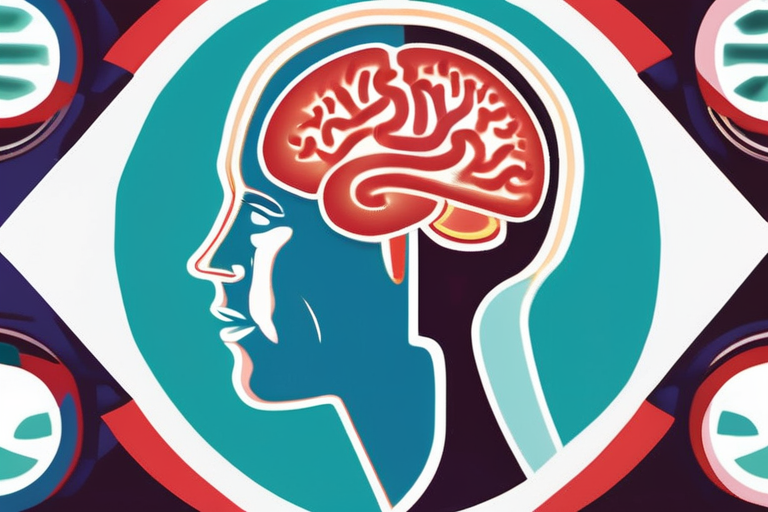

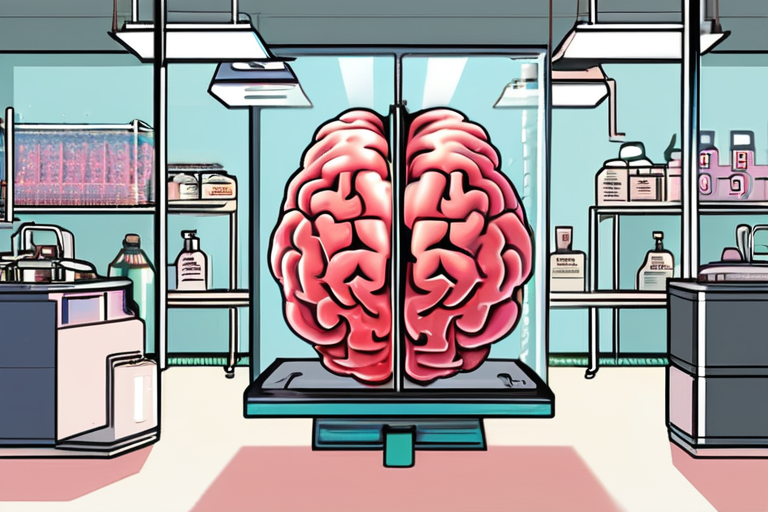

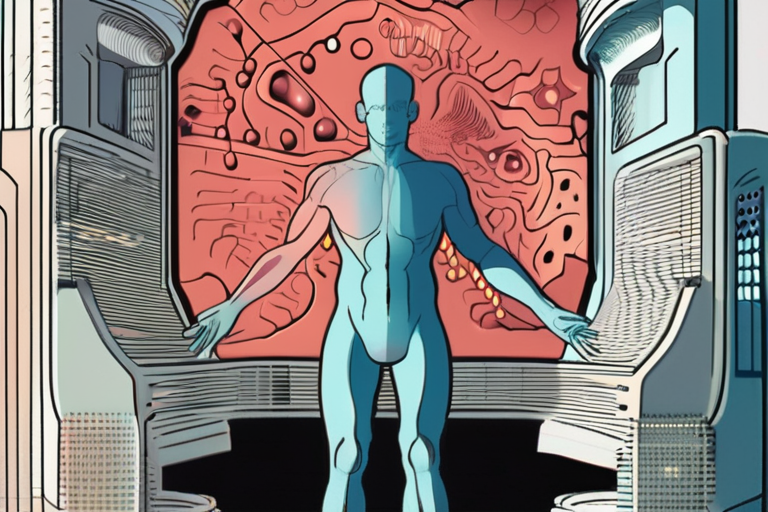


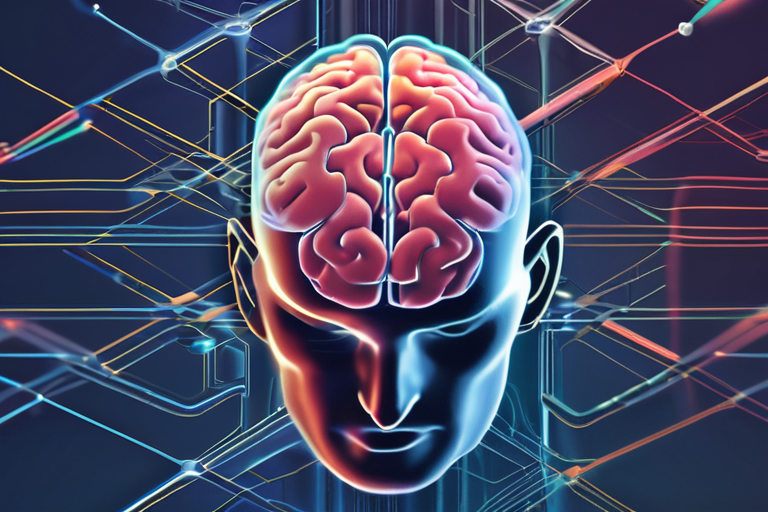

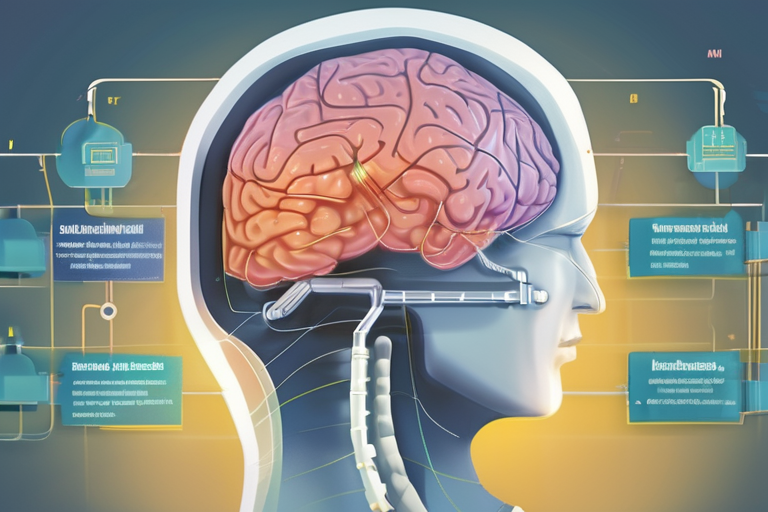





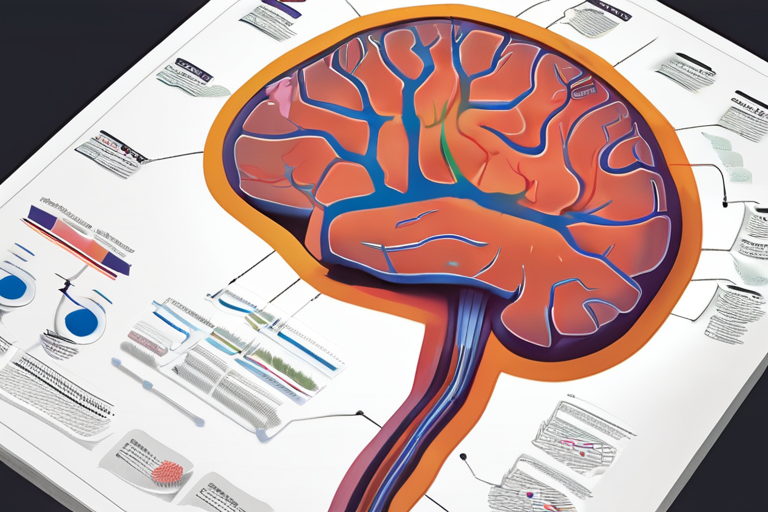





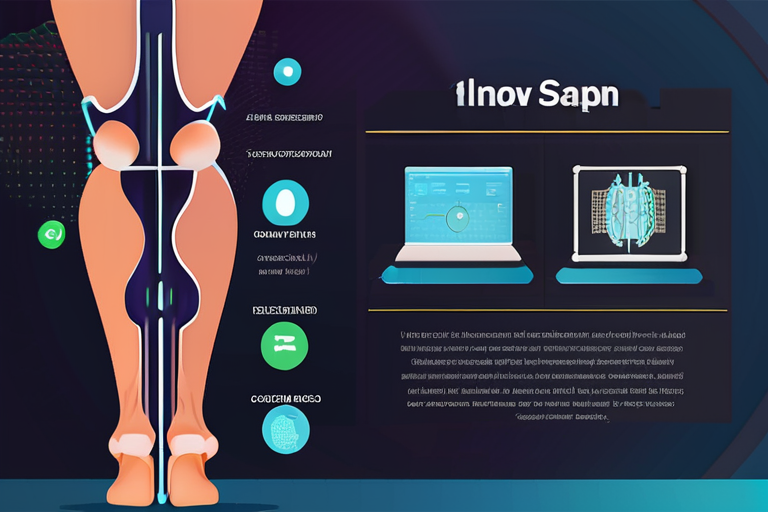
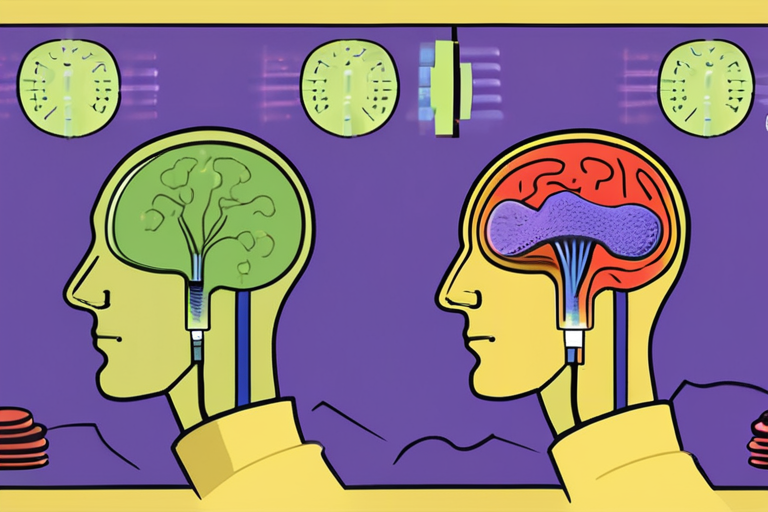

Share & Engage Share
Share this article